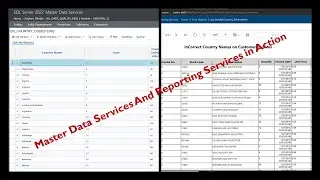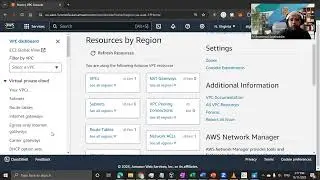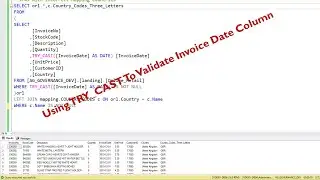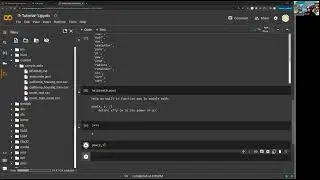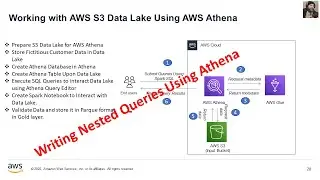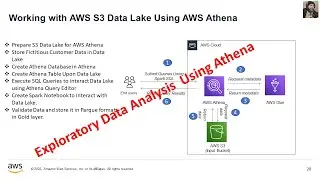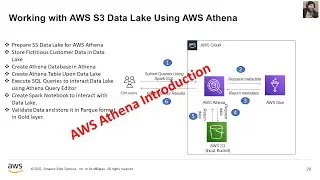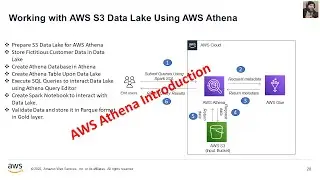Mastering Azure SQL: Creating and Managing Your Database with Elastic Pools
Azure SQL Database is a fully managed, intelligent, and scalable relational database service provided by Microsoft as part of the Azure cloud ecosystem. Within Azure SQL Database, you have two primary deployment options: Single Database and Elastic Pool.
*Azure SQL Single Database:*
Single Database is a standalone, isolated database instance that is designed for applications with varying and unpredictable resource needs.
It's ideal for scenarios where you want to manage individual databases independently and need control over the database's performance, scalability, and resources.
Each Single Database is a fully isolated database with its own set of resources, including CPU, memory, and storage.
You can scale a Single Database up or down based on your specific workload requirements.
It is a great choice for applications where you need high availability, security, and scalability on a per-database basis.
*Azure SQL Elastic Pool:*
Elastic Pool is a resource pool of databases with a shared set of resources within a specific performance tier. It's designed for managing multiple databases that have varying resource demands.
Elastic Pools provide a cost-effective solution for managing and sharing resources across multiple databases.
Resources like CPU and memory are shared among the databases in the pool, allowing for better resource utilization and cost savings.
This approach is particularly beneficial for scenarios where individual databases have peak and off-peak usage times, and you want to optimize resource allocation.
Elastic Pools are useful when you have many databases that don't need dedicated resources all the time but still require high availability and scalability.
In summary, Azure SQL Single Database is suitable for independent, high-demand databases, while Azure SQL Elastic Pool is a more cost-effective solution for managing multiple databases with varying resource demands by sharing resources within a pool. Both options provide flexibility and scalability in Azure's managed database environment.
In this video tutorial, I will guide you through the detailed steps to create an Azure SQL database using the Software as a Service (SaaS) model. This includes setting up an Elastic Pool to efficiently manage database resources, along with configuring a hosting server that contains your SQL Server database.
We will also cover the process of connecting to your newly created Azure SQL database using SQL Server Management Studio (SSMS). Within SSMS, you'll learn how to create a schema and table in your database. And finally, we'll demonstrate how to load data into your Azure SQL database successfully.
This video tutorial offers a comprehensive, step-by-step guide to help you get started with Azure SQL and effectively manage your database in the Azure cloud environment.















